History originally published in AutoWeek October 9, 1995
The Great Depression was no kinder to the makers of luxury automobiles than it was to most other businesses, and perhaps it was even worse. Cars are, even for the wealthy, a deferral purchase. Remarkably, the 1930s produced some of the grandest motorcars ever made, as some manufacturers defied economic conditions or made the most of those few buyers who could still afford expensive automobiles.
But other makers retrenched, building less expensive models. Packard’s six-cylinder 120, for example, saved the company from immediate demise. But it may have damaged Packard’s image in the long run. Then there was Brewster. Brewster was simply the best coachworks in America—if not the world—and had been in the business since it began building horse-drawn carriages. At the 1878 French International Exposition, Brewster was awarded a gold medal for coachbuilding. Brewster yielded to clothing the automobile in 1910, and – why not, everyone else was – built an automobile of its own, powered by a Knight sleeve-valve engine, beginning in 1915.
So highly regarded was Brewster that Rolls-Royce acquired the firm in 1925 to body, at Brewster’s Long Island City, N.Y., plant, the Phantom I, built in Springfield, Mass. But Roll’s U.S. manufacturing ceased in 1931, and while Phantom IIs built in Derby were then shipped transatlantic to be bodied by Brewster, this hardly kept the coachbuilder busy.
Enter designer and New York luxury car dealer John S. Inskip, who was involved with the Brewster/Rolls-Royce operation, and who conceived the “economy luxury car.” It should be chauffeur driven, he declared, and carry select coachwork bearing the Brewster marque. But it would be built on a stock Ford V8 chassis: The elegant and the ordinary would become one.
The new Brewster, built in the Springfield plant, was undeniably distinctive. A massive heart-shaped grille came to a point low between split bumpers. Extravagantly flared front fenders gave the overall impression of a snow plow-equipped locomotive at speed through the frosty. Or perhaps Inskip imagined the Brewster separating the hoi polloi, Moses-like, at some Broadway opening or similar gala. For the mid-section, Inskip penned a familiar formal town car body with the usual luxurious interior. Finally, he added split rear bumpers, echoing those in front, to spice the tail. The chassis was lengthened 15 inches to allow for a truly spacious passenger compartment.
Inskip didn’t have to advertise the Brewster; a news story in the March 22, 1934 New York Times sufficed to spread the word about the new car being built at the Rolls-Royce factory and on display at the Manhattan Rolls-Royce showroom. The price was $3500 – at least several thousand less than most of its competition. It was an instant hit, attracting those who found that the lower cost of the Ford running gear allowed them to ride in Brewster coachwork even as their fortunes waned.
Except for the lengthening, the Ford chassis remained stock, so a Brewster performed like a heavy Ford V8. Fortunately the Flathead eight was powerful for his size and the Brewster didn’t embarrass itself. Lighter stock Fords could out run it, of course, but that hardly mattered to the chauffeured crowd.
The Brewster body was remarkably adaptable, as were customers who requested Brewster-Buicks or Brewster-bodied Lincolns and Cadillacs. (Inskip, incidentally, expected his bodies to outlast the Ford engine and chassis. He figured the underpinnings, which were less expensive than the Brewster body, could be replaced as they wore out!)
New models were introduced in mid-1935: a limousine, a four-passenger convertible and a convertible coupe, each selling for $3500. Few of the latter were built, because they weren’t the bargain the closed cars had been. But by the mid-1936, some 300 Brewster’s of all types had been made. Unfortunately, the Rolls-Royce/Brewster combine had accumulated debts that no likely number of Brewster’s could ever pay off. On the one hand, Inskip’s idea was on the mark. On the other, it couldn’t save America’s best coachbuilder from hard times.
After a miscarried attempt at reorganization, the courts ordered the company liquidated. Upon sale of parts and machinery on August 1, 1936, Springfield Manufacturing ceased to exist. The Great Depression had claimed another victim. Brewster was done. Brother, can you spare a dime?




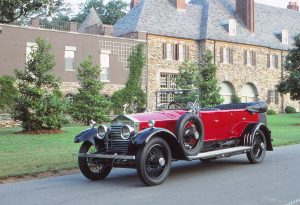
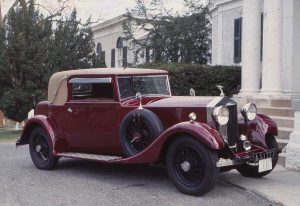
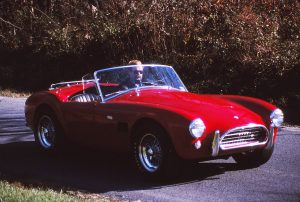
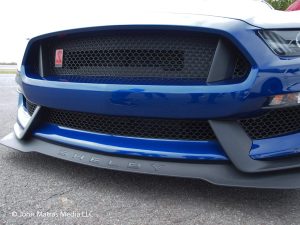
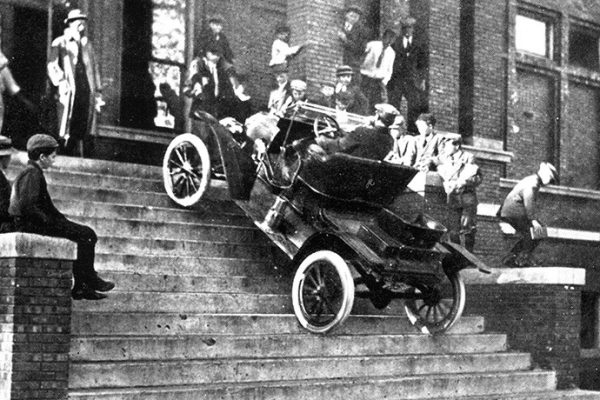
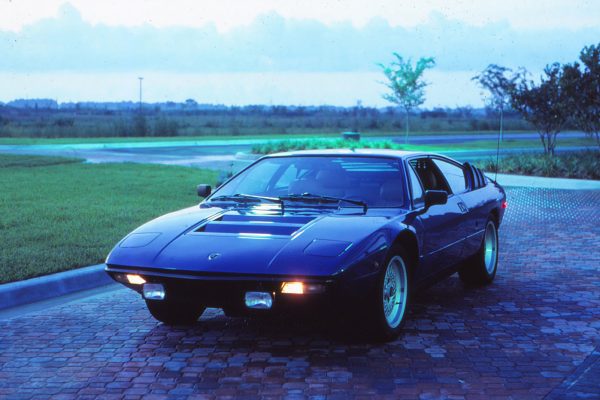
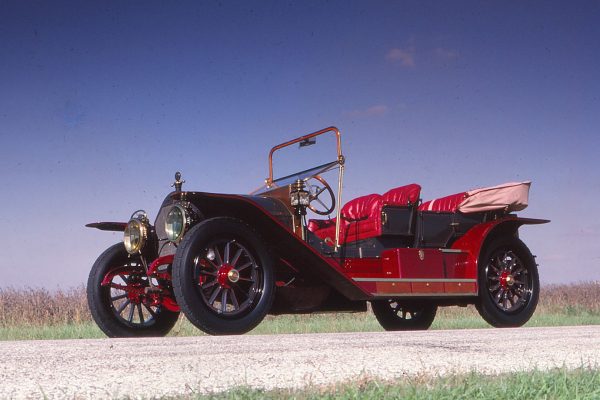
What Do You Think?
You must be logged in to post a comment.